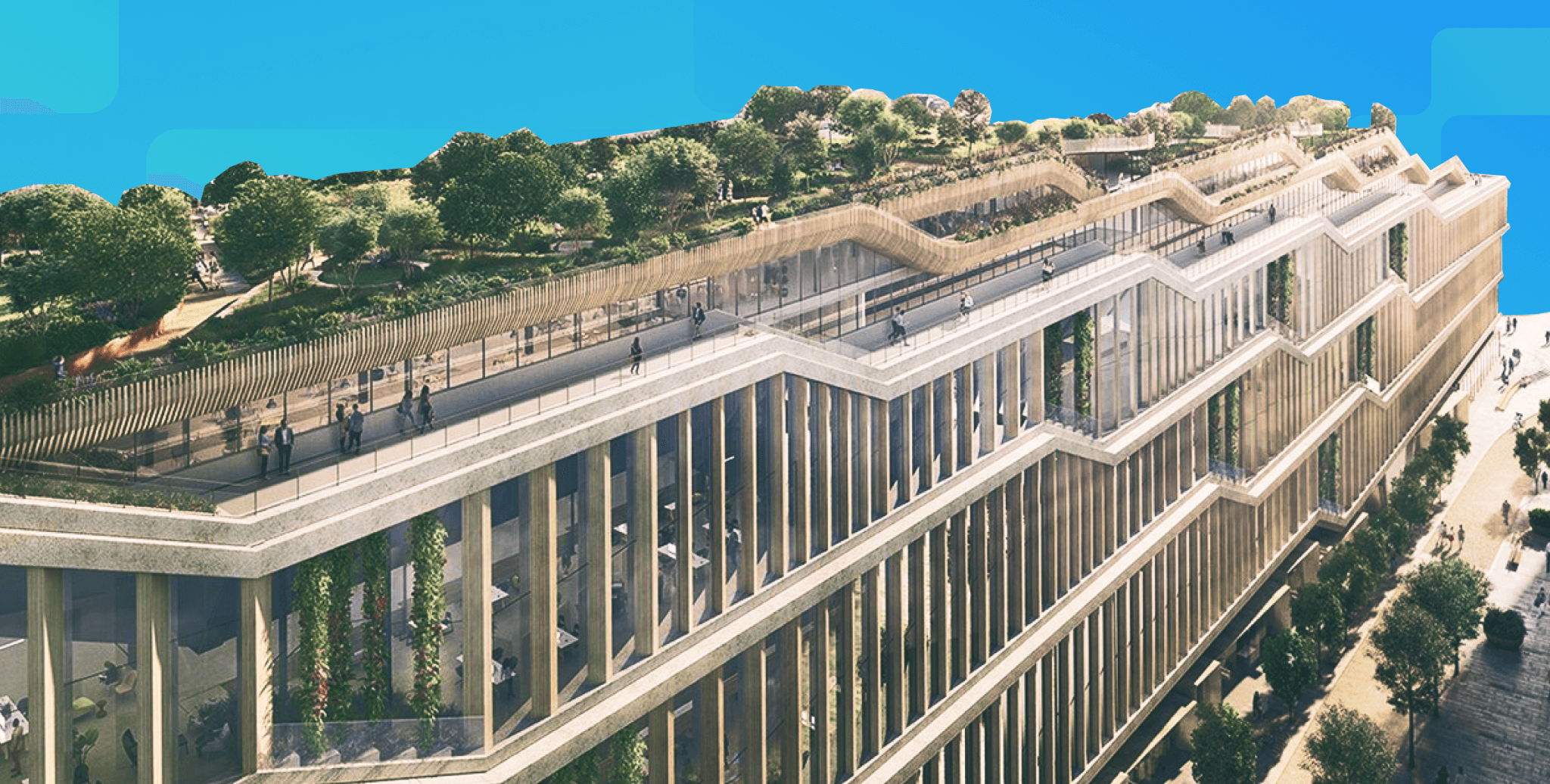What Architects Can Learn from Abandoned Skyscrapers about Affordable Spaces
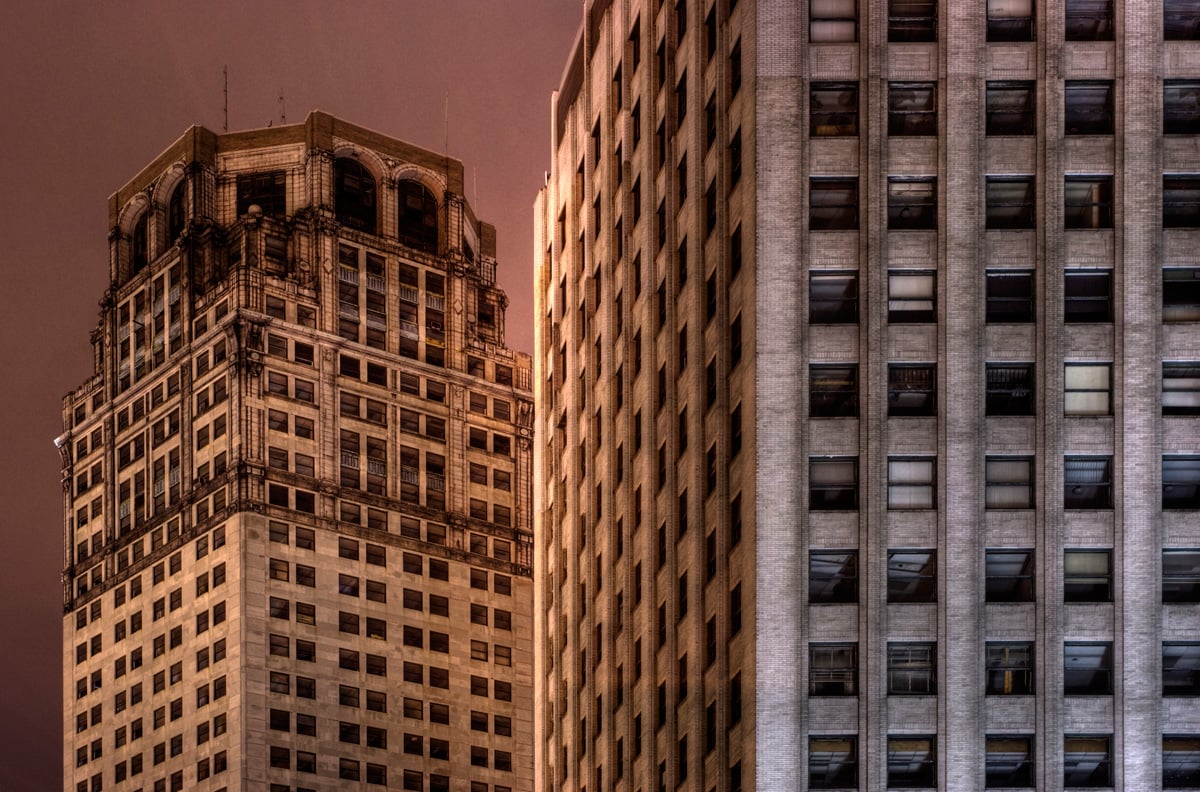
Table of Contents
Not all buildings that appear impressive in a city skyline are as polished on the inside. Cities around the world contain abandoned skyscrapers due to either financial crises that forced the end of construction, the unaffordable prices of the flats, or other reasons such as political issues and bye-law violations. From the once glorious buildings in the United States to the Soviet-era monoliths in Eastern Europe, abandoned skyscrapers can be found across the globe.
Abandoned skyscrapers can be found across the globe, each with its own unique story to tell. While some may see them as reminders of past failures, others see them as opportunities for renewal and reinvention. In this blog, we will find out some examples of abandoned skyscrapers across the globe and learn about the significance of affordable spaces.
An Overview of Abandoned Skyscrapers Across the Globe
Before understanding the learnings for architects from abandoned skyscrapers about affordable spaces, let us look at some examples of such projects across the globe.
1. Fontainebleau Resort, United States
.png?width=1240&height=922&name=Screenshot%20(72).png)
Height: 224 metres
Number of floors: 68 floors
The skyscraper was opened to the public during the Great Recession in 2009, in a city with a 14% unemployment rate. The building was later flagged for multiple structural and engineering issues and deemed too unstable to support all 68 storeys. Owing to this, it was even expected to collapse completely in the event of a major earthquake.
2. Sathorn Unique Tower, Thailand
-1.png?width=1236&height=929&name=Screenshot%20(73)-1.png)
Height: 185 metres
Number of floors: 49 floors
Designed as a luxury condominium, the Sathorn Unique skyscraper has been abandoned since its construction came to a halt in 1997. This happened due to the Asian financial crisis. Since then, entering the building has been deemed illegal and dangerous.
3. Book Tower, United States
.png?width=1239&height=821&name=Screenshot%20(74).png)
Height: 145 meters
Number of floors: 38 floors
Located in Michigan, the Book Tower’s construction began in the Italian Renaissance style in 1916 as an addition to the original Book building. The building was abandoned in 2009 when AKNO Enterprises fell $87,000 USD behind on its utility fees.
4. Billionaires Row, New York
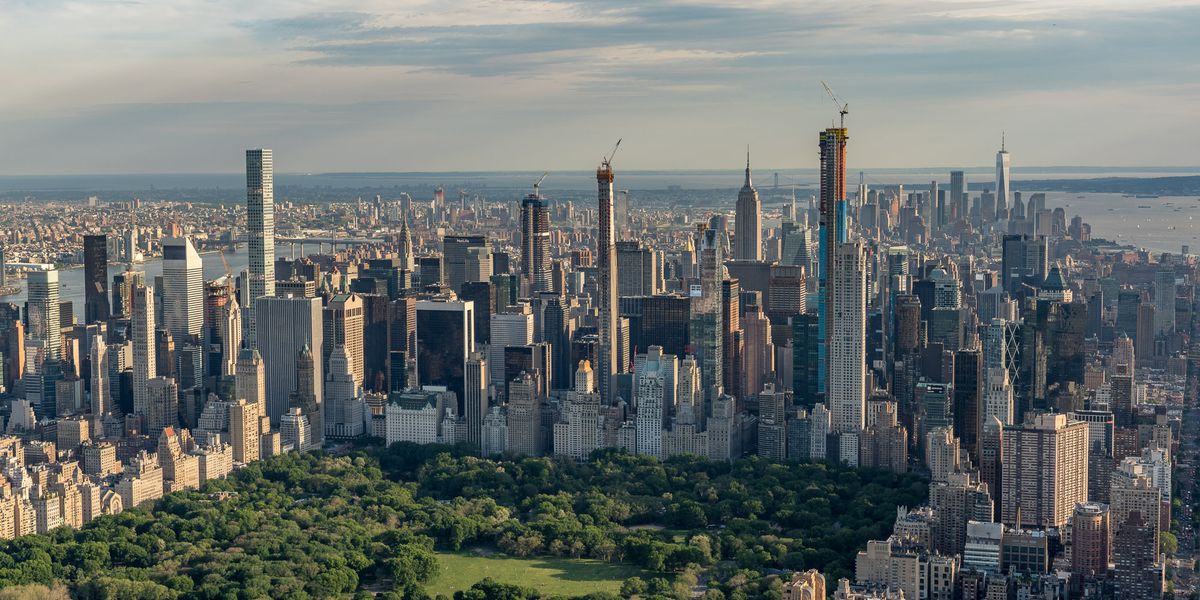
Height: Varying ( Highest - 470 m )
Number of floors: Varying
An array of ultra-luxurious residential skyscrapers distributed roughly along the southern end of Central Park in Manhattan, New York City, the Billionaire’s Row represents some of the tallest buildings in the world. These towers represent an astounding display of wealth, prestige, and engineering firsts. However, these towers stand abandoned.
Interested to read more about futuristic skyscrapers like this? Check out: 10 Futuristic Architecture Designs Made Possible by Computational Tools
Common Reasons Why Skyscrapers are Abandoned
.png?width=1291&height=967&name=Screenshot%20(75).png)
Not all skyscrapers turn out to be success stories. There are many instances where skyscrapers have been abandoned either pre or post-completion. Let us discuss some common reasons why skyscrapers are abandoned.
1. Financial Aspect
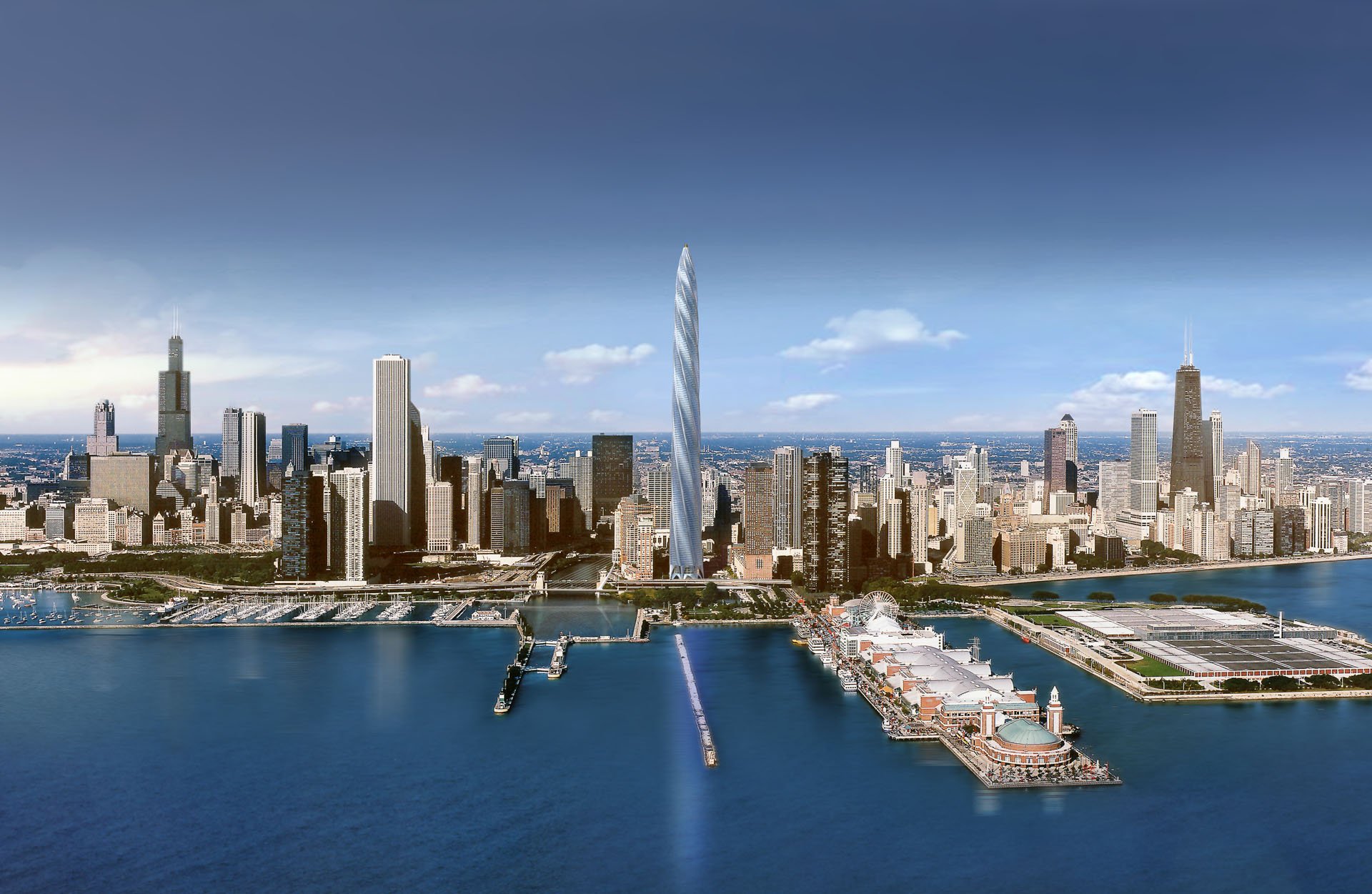
Building a skyscraper is an expensive undertaking. For example, the Kingdom Center, located in Riyadh, Saudi Arabia, cost approximately $1 billion to build. Imagine what would happen if such a project did not generate enough revenue. It could lead to huge financial distress for the developers.
In extreme cases, the projects are abandoned even before completion due to a lack of funding or investors. For example, the Chicago Spire was abandoned in 2010 due to financial difficulties. It was partially built in 2007 and 2008 and would have stood 610 meters high with 150 floors, making it the tallest building in the Western Hemisphere upon completion.
2. Design and engineering flaws
.png?width=1459&height=948&name=Screenshot%20(76).png)
Building a skyscraper requires a high degree of technical expertise. Any error in the design or construction process can lead to significant structural issues and make the building unsafe for occupancy, leading to complete abandonment.
San Francisco's Millennium Tower serves as a prime illustration. The 645-feet tall tower is one of the glitziest residential buildings in the city but has already sunk between 17 and 18 inches into the ground. It has been sinking since its completion, which has made the building unsafe to live in and led to several residents leaving.
Want to avoid making such glaring structural errors? Check out: BIM for Structural Engineers: Top Benefits, Significance, and Work Opportunities
3. Location
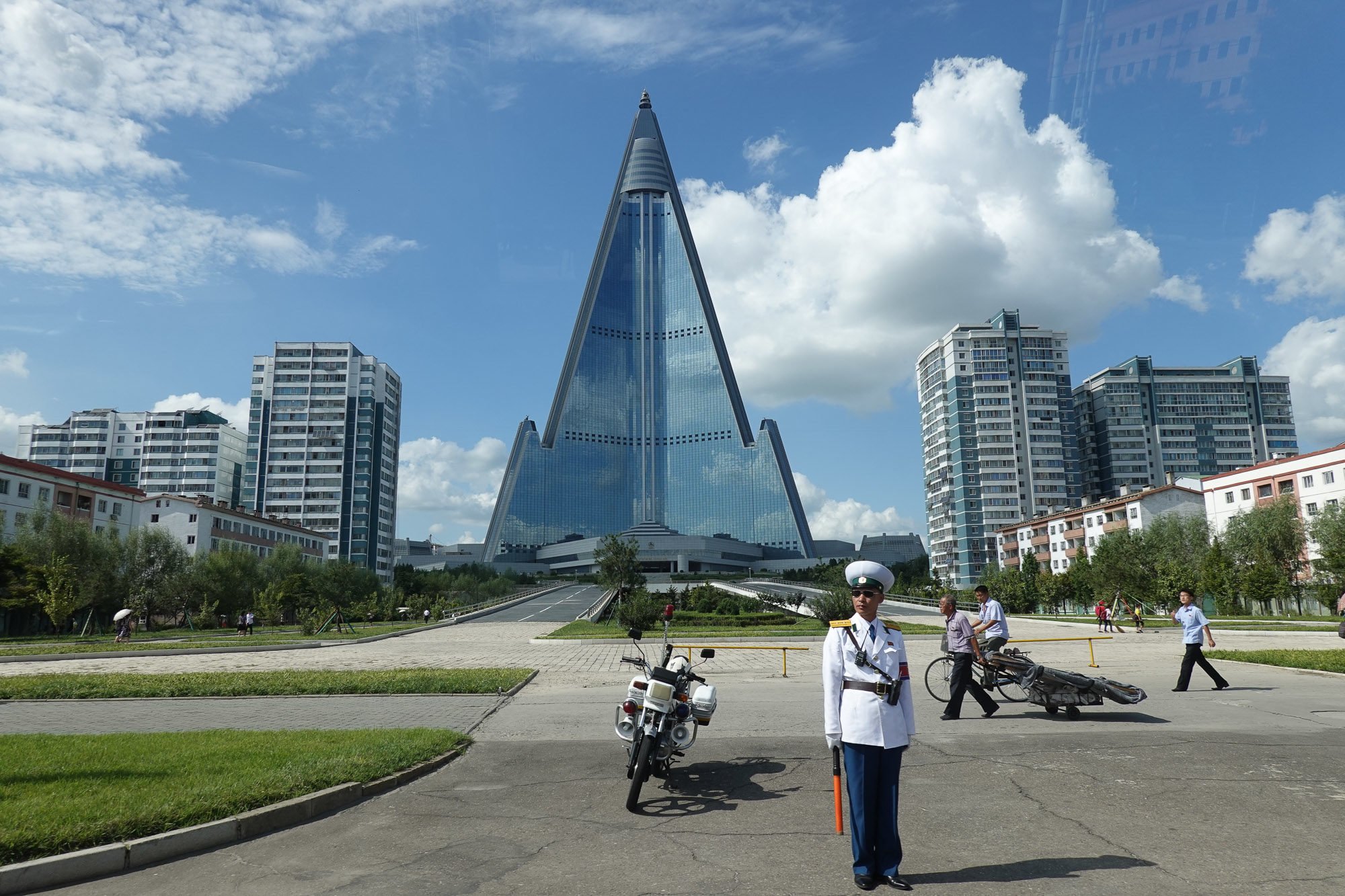
Construction of a skyscraper in an area with no demand for commercial or residential space can also lead to abandonment. The Ryugyong Hotel in North Korea provides a compelling example. The hotel, which has 3000 rooms and was supposed to be the world's tallest hotel, has been abandoned for over two decades due to the lack of demand for hotel rooms in the area.
4. Natural Disasters

Another reason why skyscrapers are sometimes abandoned includes natural disasters such as earthquakes, hurricanes and floods. These disasters can cause severe damage to the building, making it unsafe for occupancy. For example, the Grand Hotel in Taipei was abandoned after a 7.6 magnitude earthquake struck Taiwan in 1999. This led to a damaged building foundation.
Case Study 1: Billionaire Row, New York
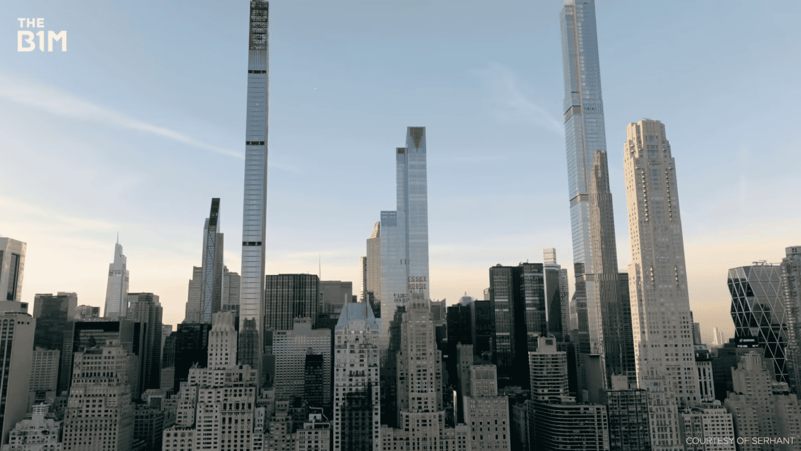
Location: New York, USA
Architects: Rafael Viñoly, Roger Duffy of Skidmore, Owings & Merrill, SHoP Architects, etc.
New York City's Billionaire Row is an iconic example of abandoned modern skyscraper architecture. Designed as a stretch of luxury high-rise buildings located on 57th Street in Manhattan, the buildings represent a stark divide in terms of accessibility and affordability. The buildings boast stunning views of Central Park and the New York City skyline, offering a range of luxurious amenities such as private pools and spas, concierge services, and top-of-the-line security measures. The buildings, at the moment, stand half empty.
Reasons for abandonment:
- Over-supply of high-end real estate: The prices of these properties often exceed millions of dollars, putting them out of reach for the majority of New York City residents.
- Global pandemic: The outbreak of COVID-19 led to a significant decrease in international travel and a decline in foreign investment.
Case Study 2: 4 World Trade Center
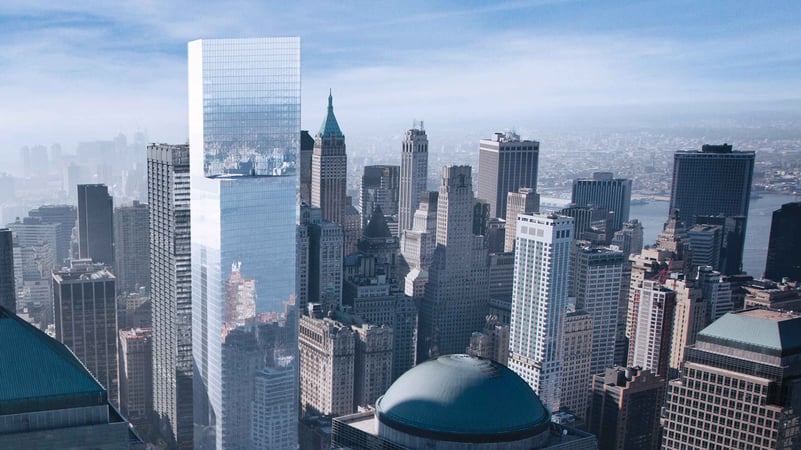
Location: Financial District of Lower Manhattan, New York City
Architects: Fumihiko Maki
Completed in 2013, 4 World Trade Center (4WTC) is a government-owned building that serves as a hub for businesses and organizations of all sizes. Designed by architect Fumihiko Maki, the building features an innovative design that incorporates a network of glass prisms to reflect natural light into the building's interior. 4WTC offers office space to a range of tenants, including technology companies, law firms, and non-profit organizations, at affordable rates.
Reasons for abandonment:
- Oversupply of office spaces: After the 9/11 attacks, several new office buildings were constructed in the Lower Manhattan area. This resulted in the saturation of available office spaces.
- High rental costs: Many businesses have found it difficult to justify the high rents demanded by the building's owners, especially with the availability of cheaper office space elsewhere.
In Conclusion
While Billionaire Row and 4 WTC represent two very different examples of abandoned skyscrapers, they both offer unique and valuable lessons for architects and developers world over. One of them is the importance of creating more affordable spaces in cities.
As cities continue to become more densely populated, the demand for affordable housing and workspace is only going to increase. Architects and developers have a crucial role to play in addressing this issue by creating buildings that are accessible to a wider range of people. Designing mansions for the rich excludes the majority of the population of a city. The solution is to design buildings that are not only aesthetically pleasing but also functional and affordable.
Architecture must address the social inequalities of its context. In the case of Billionaire Row, the focus on creating visually stunning buildings has come at the expense of addressing the housing crisis that is affecting so many New York City residents. The need of the hour is to create more equitable spaces that are accessible to all.
That’s about it! Using BIM can help prevent some of the design and engineering flaws that lead to the abandonment of certain skyscrapers. The process helps in getting the analytics of a building, which helps better understand its functionality and spatial use.
Want to get started with BIM?
Explore BIM Professional Course offered by Novatr. This course helps you understand the subject theory, master advanced tools, and build your expertise. The course helps you:
- Become a BIM expert in just 7 months of part-time, online study.
- Master 15+ BIM software and industry workflows.
- Learn from AEC professionals leading BIM at top-tier firms worldwide.
- Work on a live, RIBA-structured capstone project to practice your skills.
- Get placement assistance to land jobs in globally operating BIM firms.
Get started with BIM today!

 Thanks for connecting!
Thanks for connecting!


.png)
